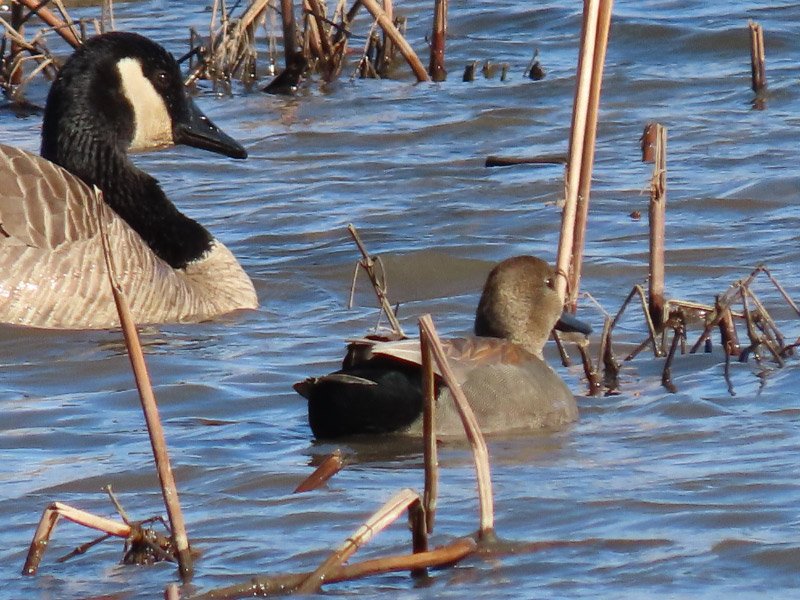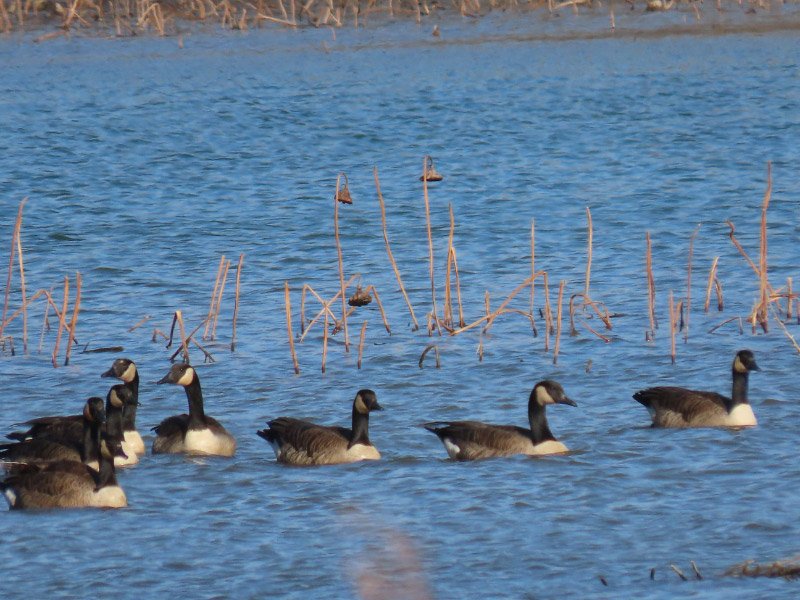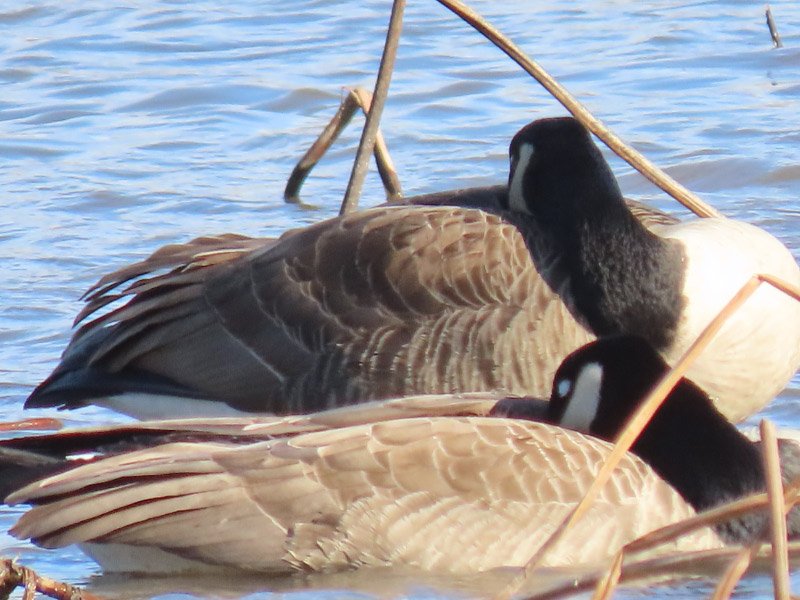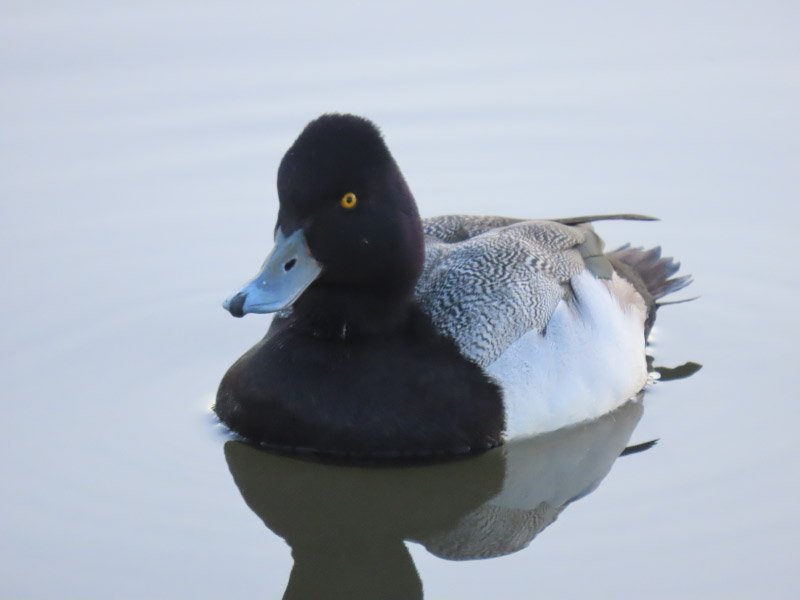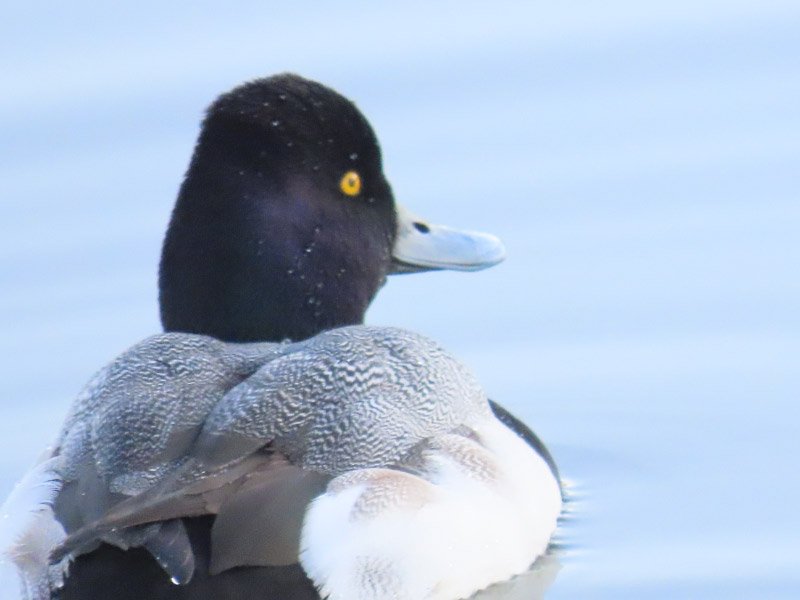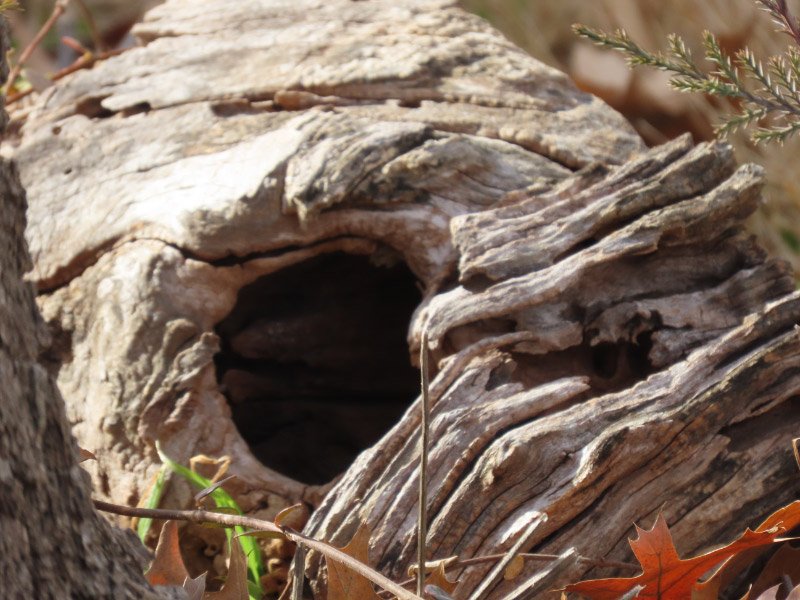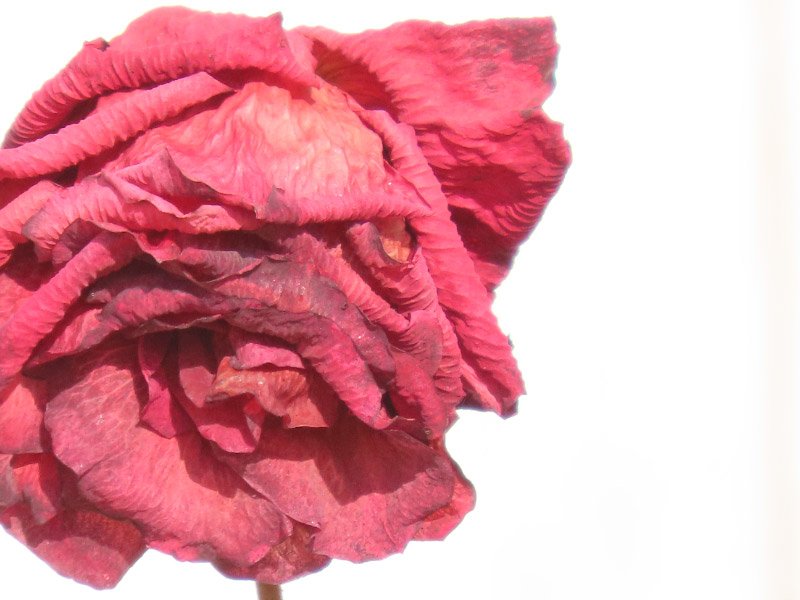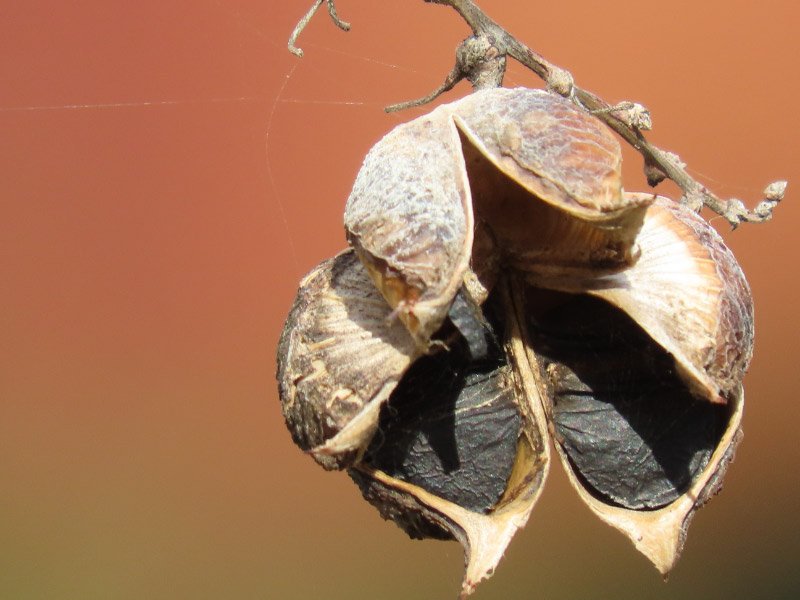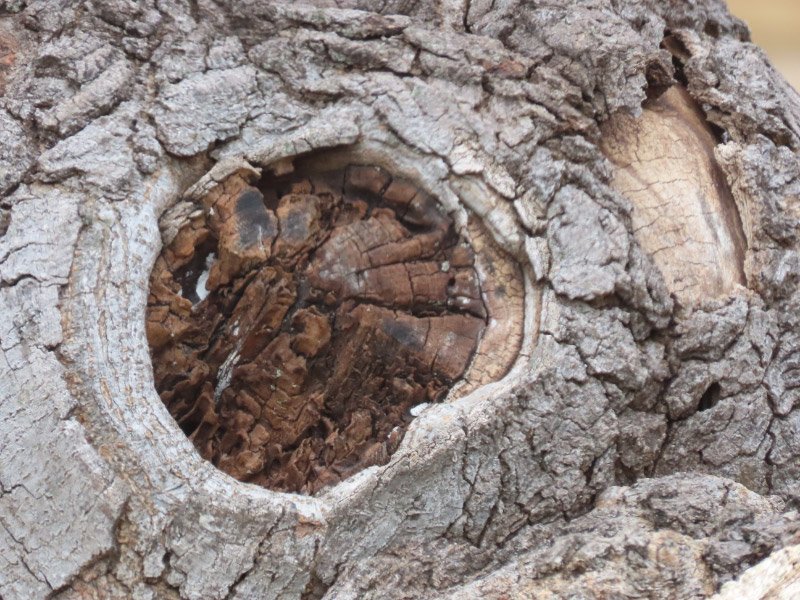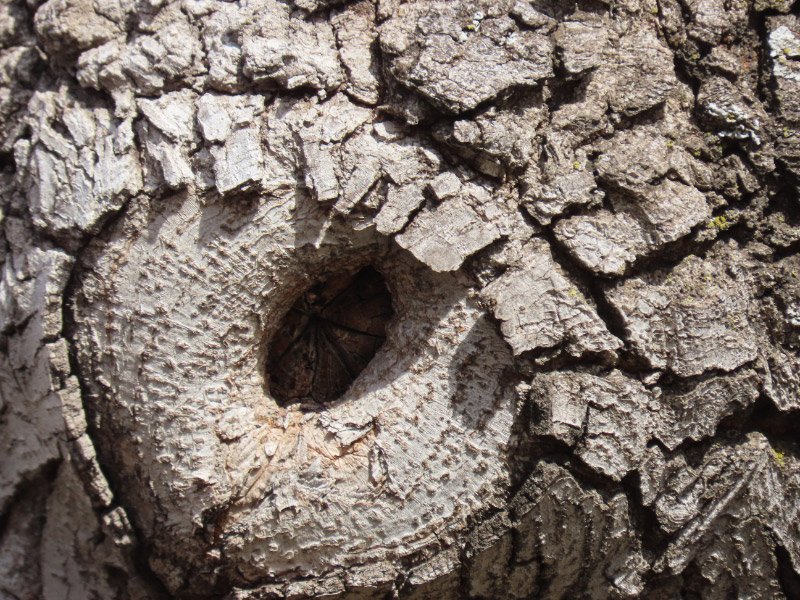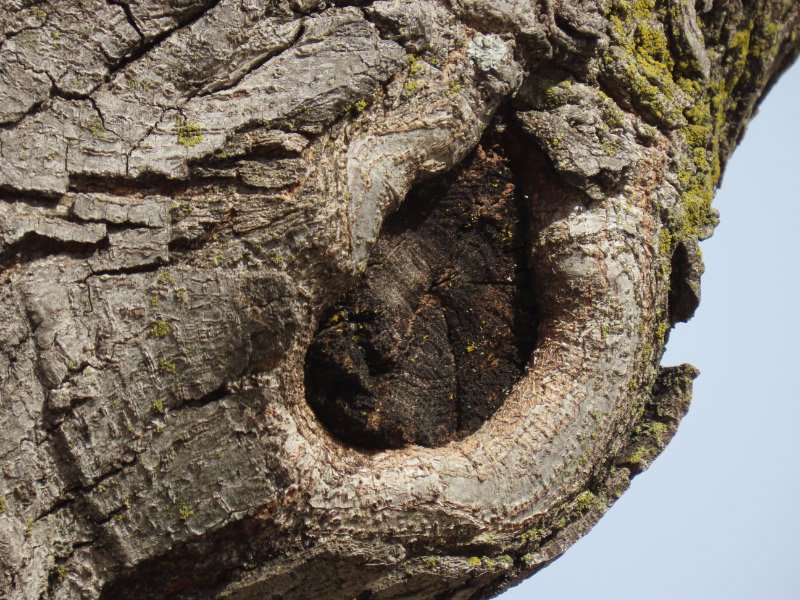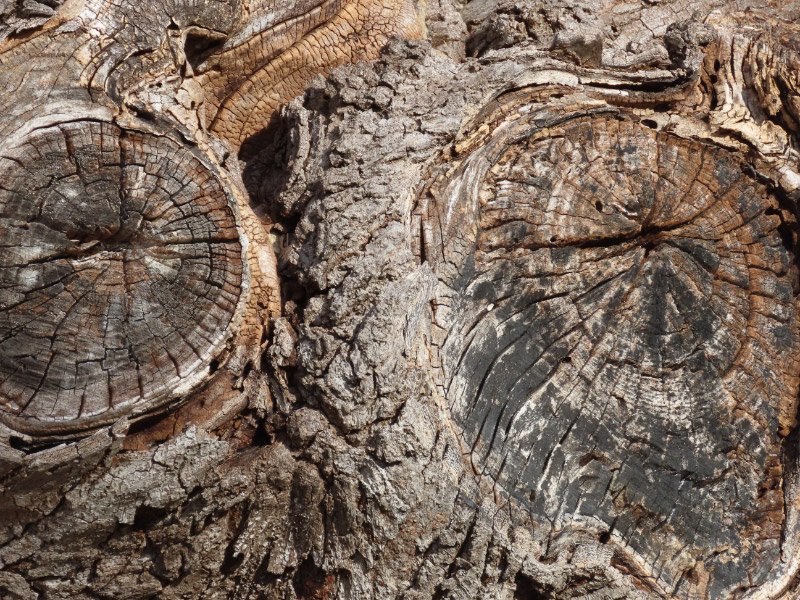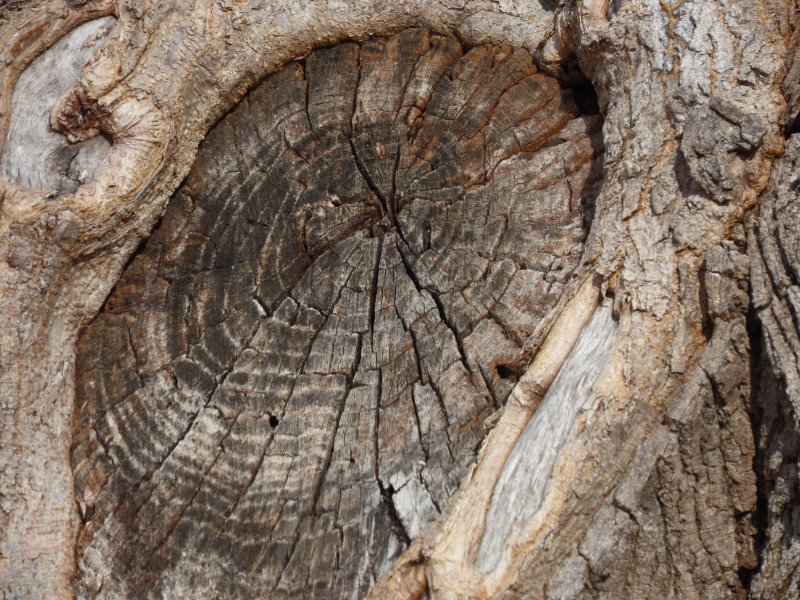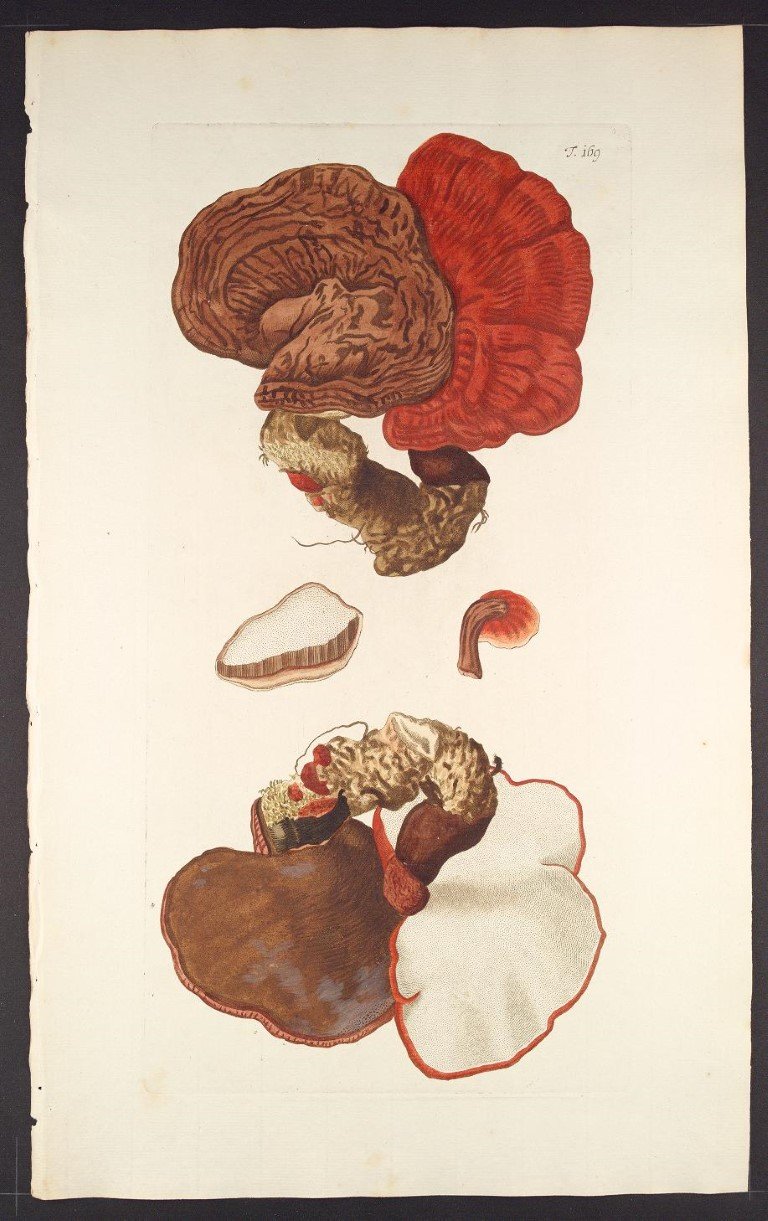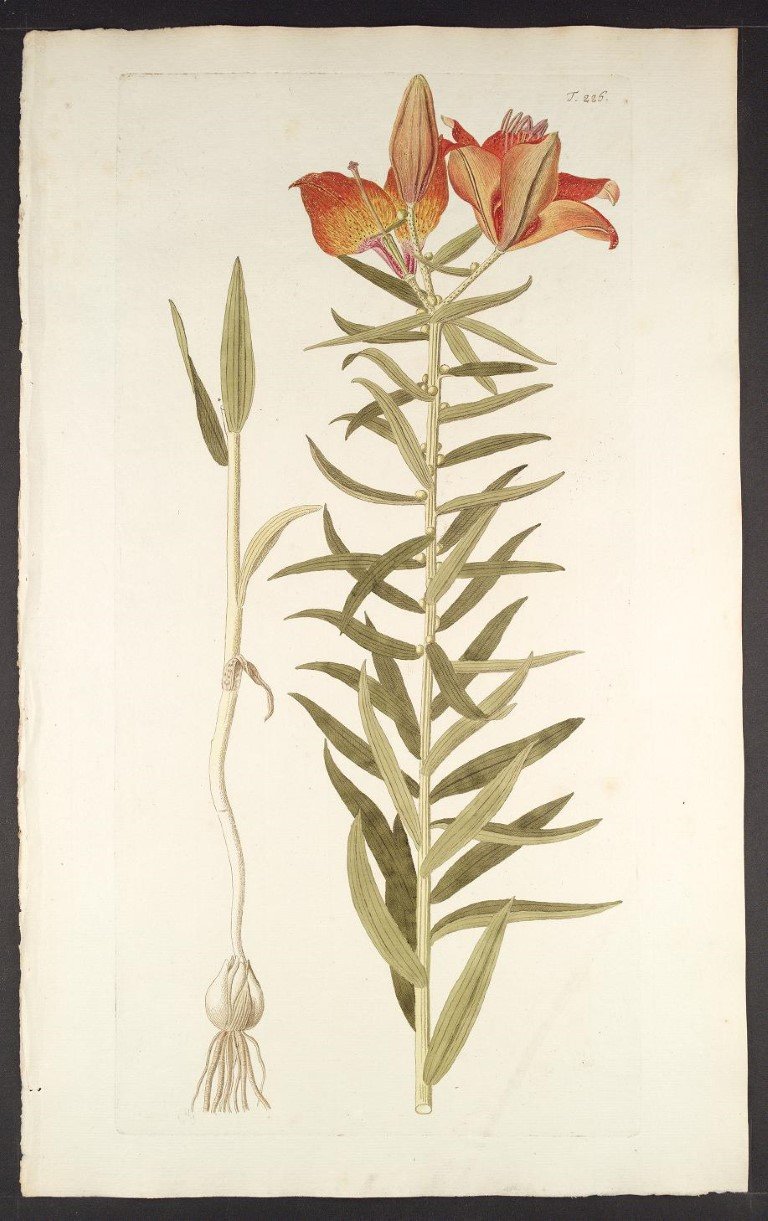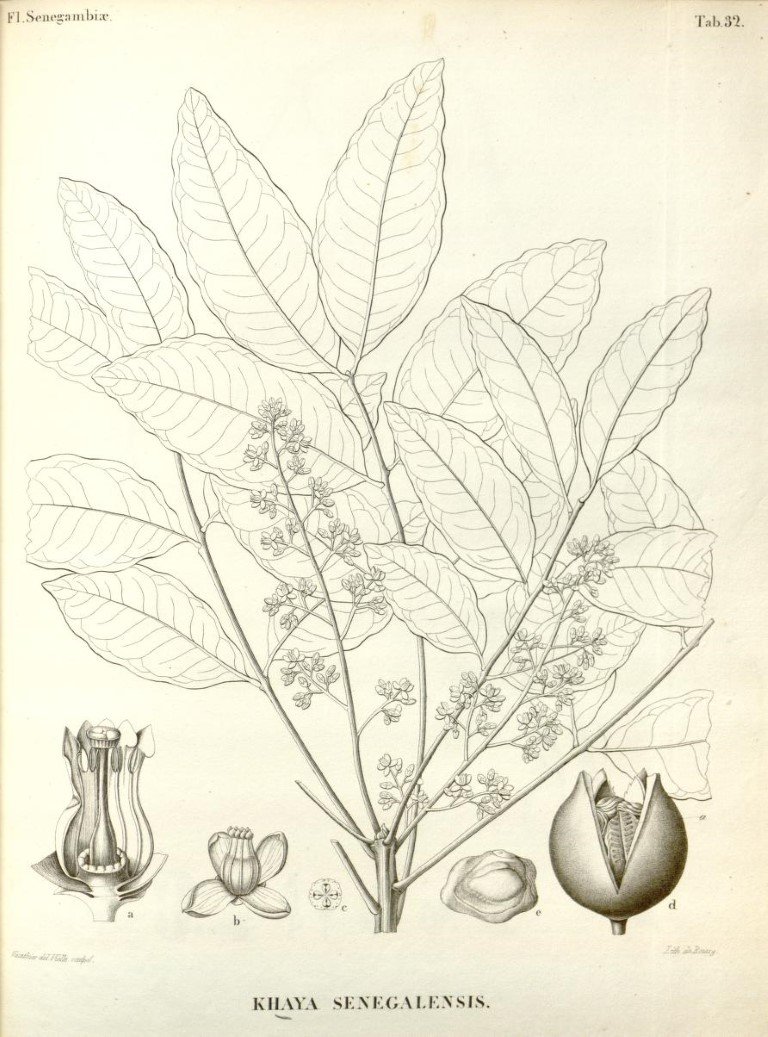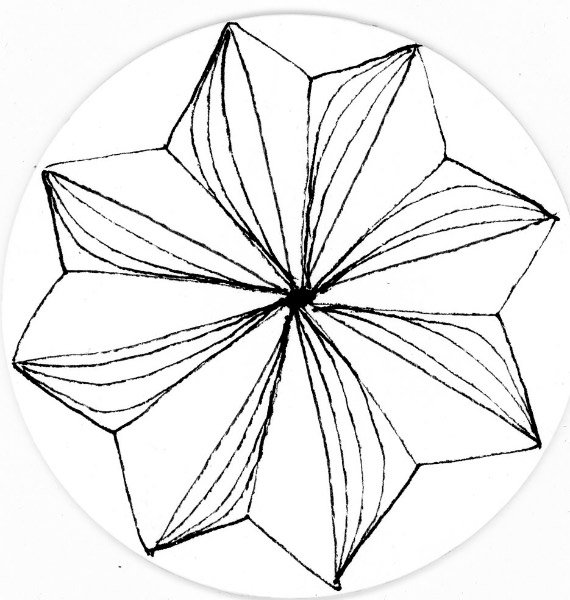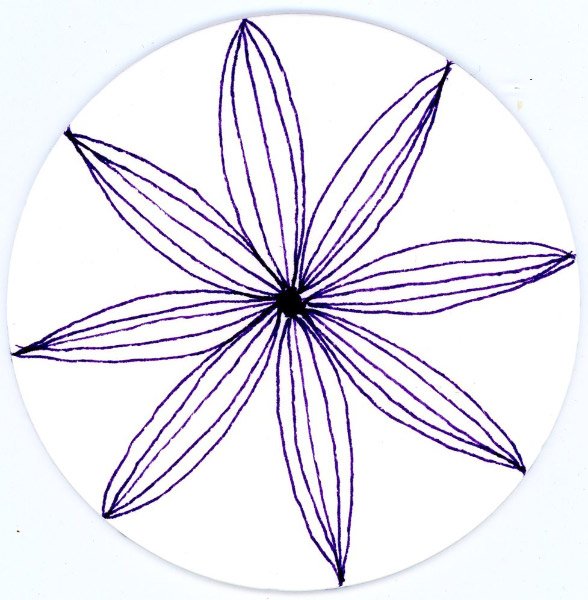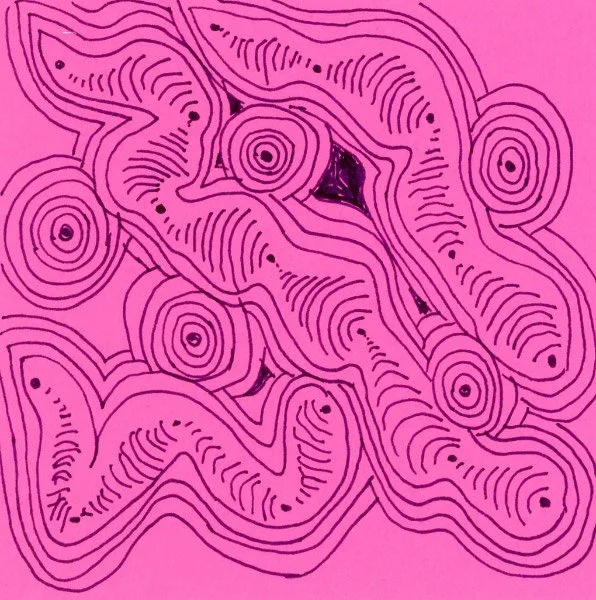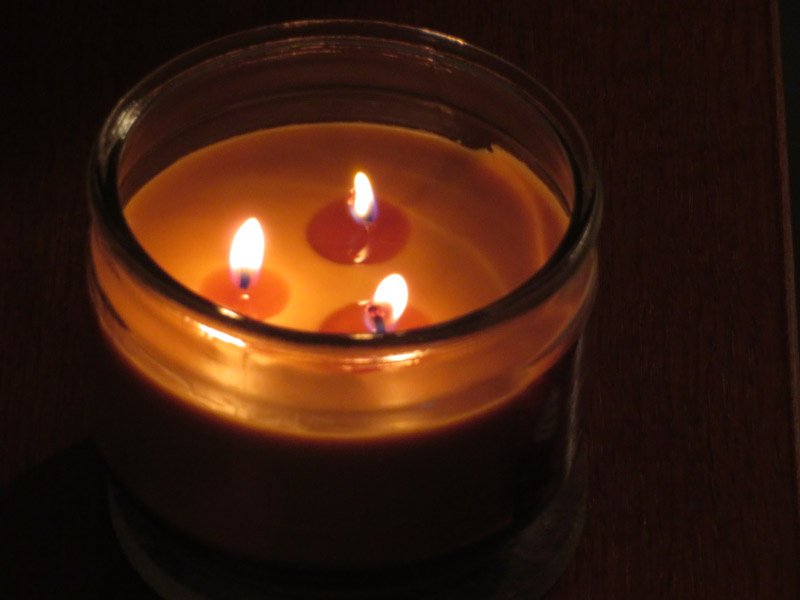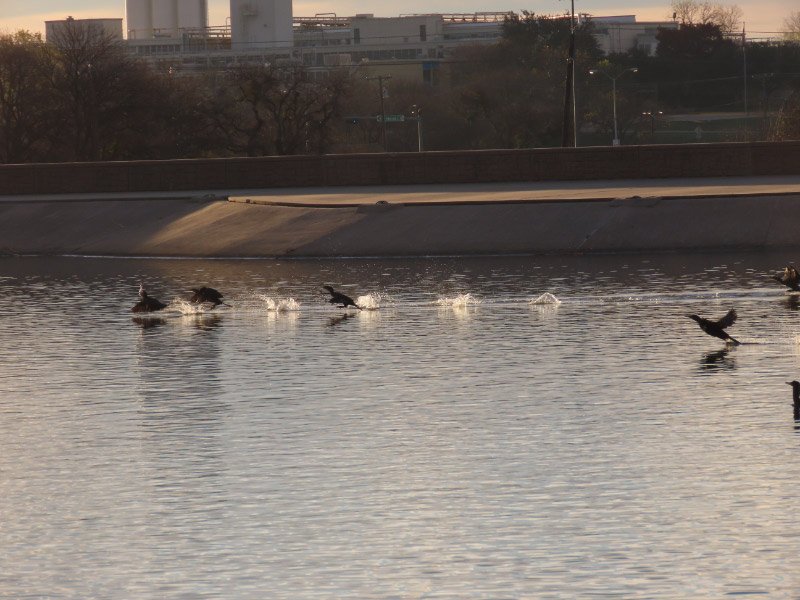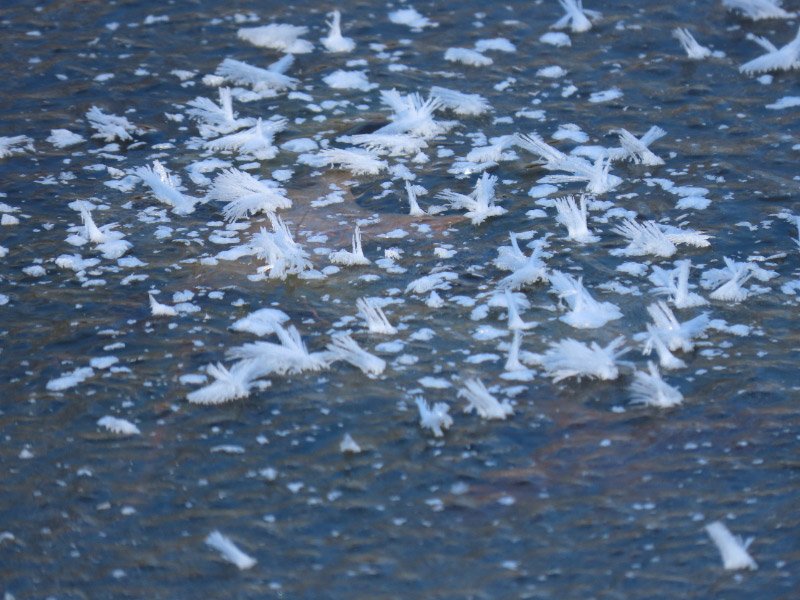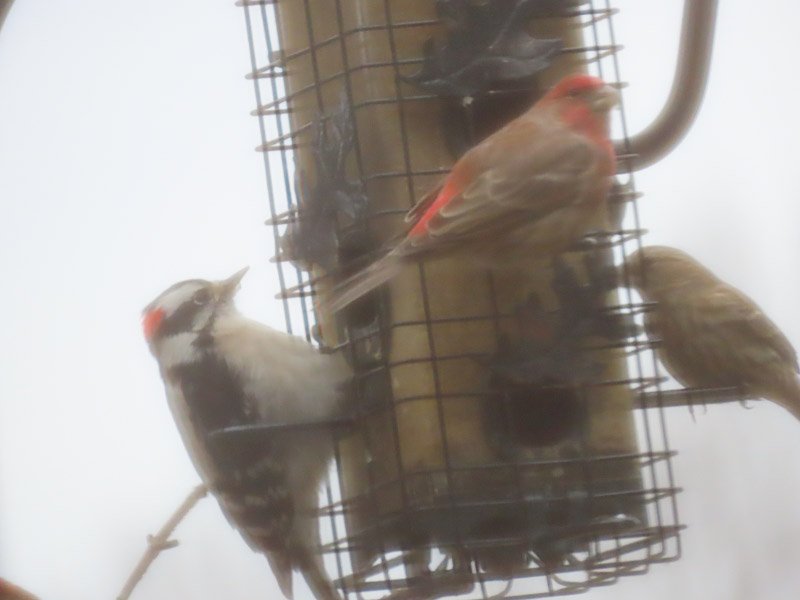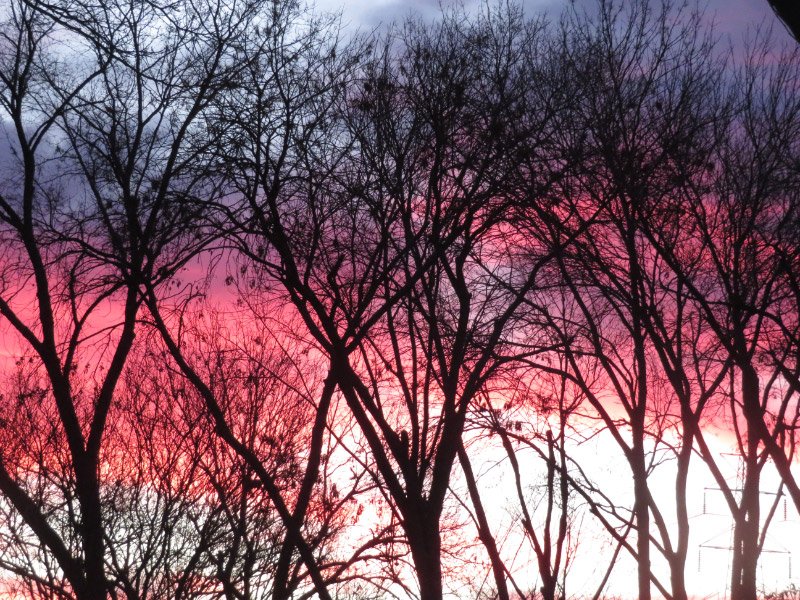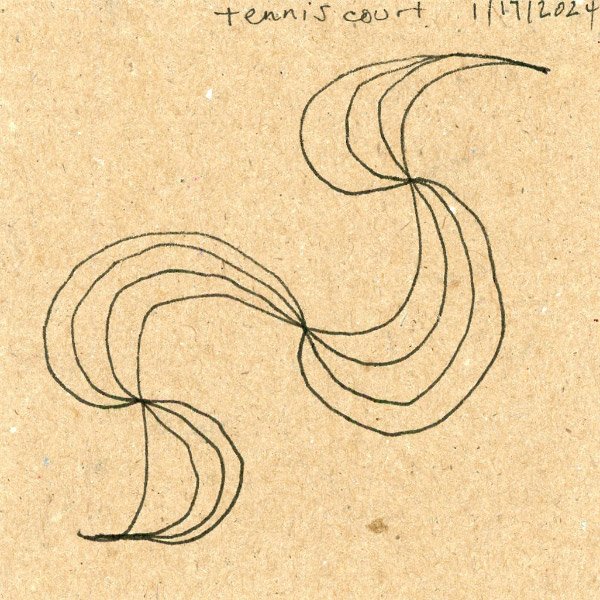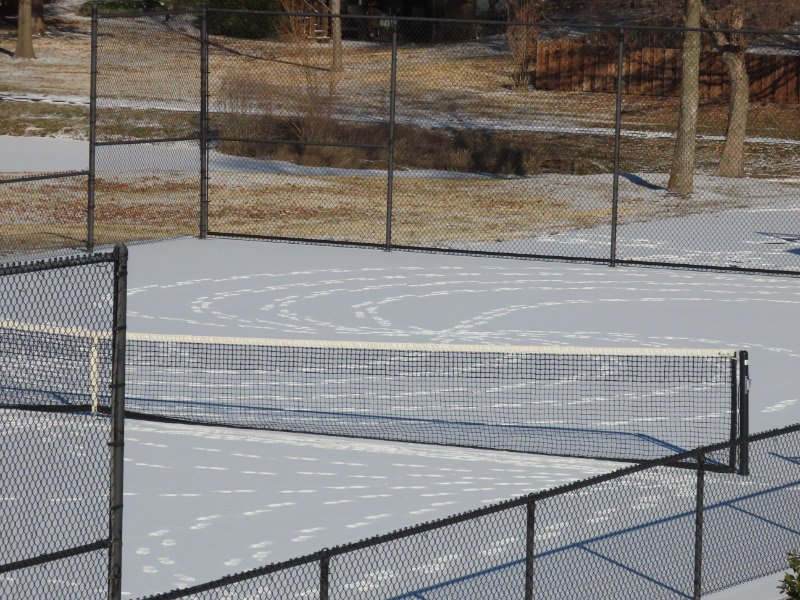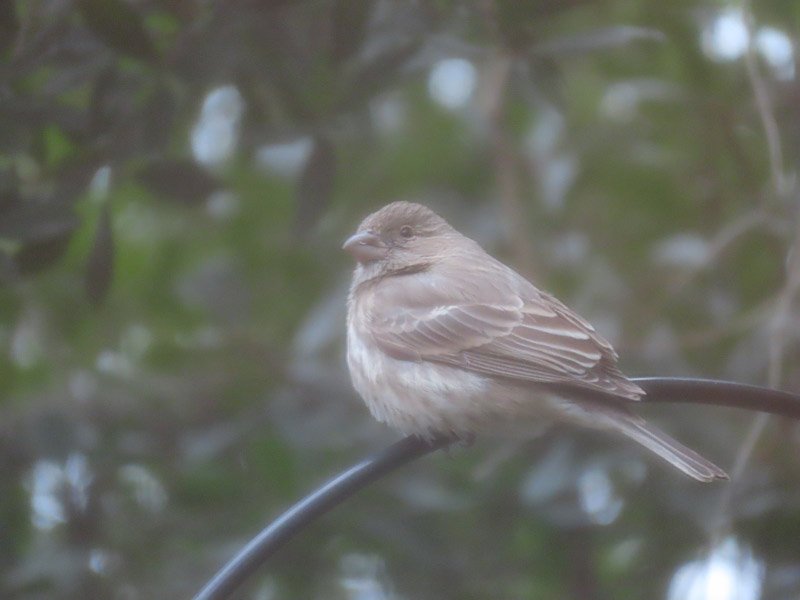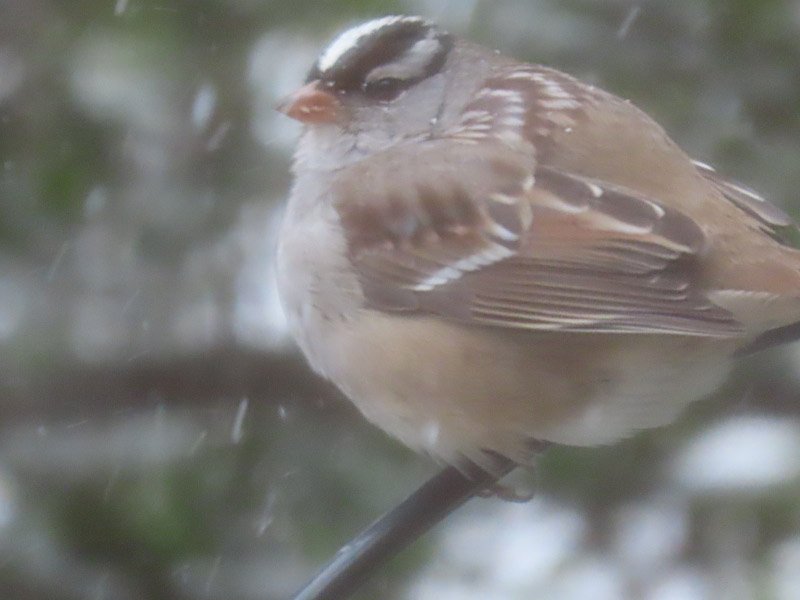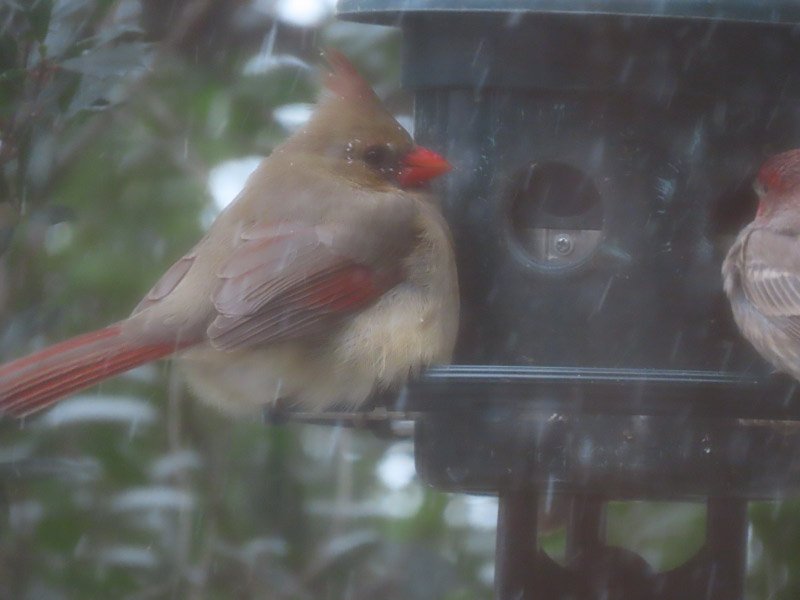The items below were ‘the cream’ of the articles and websites I found this past week. Click on the light green text to look at the article.
Sleep tight: A curious history of beds through the centuries – From 4,500 year old ‘beds’ at Skara Brae (Scottish island of Orkney…rectangular enclosures, around the length of a human…made from slabs of cold, hard stone…with tall headboards and raised sides) to Durrington Walls near Stonehenge (spectral outlines of long-vanished wooden bed boxes, where the builders of that monument may have once slept) to a clay figurine of a woman slumbering peacefully on her side, one hand under her head, on a simple raised platform to the gilded wooden bed in King Tut’s tomb (including a rigid, raised headrest rather than a soft pillow) to mats of dried leaves or animal skins to box beds to the ‘tick mattress’…hints of beds of the past.
Peru’s High-Altitude Hunter-Gatherers Ate Mostly Plants – Wild potatoes and the root vegetables made up 80% of their diet.
Rethinking Monarchs: Does the Beloved Butterfly Need Our Help? - The Xerces Society has published a joint statement signed by 10 top monarch biologists warning against the captive rearing and releasing of monarchs by backyard and commercial breeders. Such activities, they wrote, “promote crowding and disease spread.” The monarch is not in peril since the winter population in Mexico has shown no continued decline for the past 10 years. --- But there are some that still argue for continued ‘help.’
Deceptively Beautiful Invasive Plants – Avoid Lessor Celadine, Mimosa Tree, English Ivy…..Today, we have the opportunity to make gardening choices that benefit both the aesthetics of our gardens and local wildlife by removing invasive species and replacing them with beautiful and wildlife-friendly native alternatives.
See the World Through the Eyes of Animals with These Stunning New Videos - To “see through” animal eyes, the team uses two cameras—one sensitive to ultraviolet light and one sensitive to visible light. Together, they capture light in four distinct wavelengths: blue, green, red and ultraviolet.
New genetic variants found in large Chinese mother–baby study - Mothers with higher blood pressure give birth to lighter and shorter babies than do mothers with lower blood pressure. This was just one of a multitude of links between maternal health and fetal development observed in a large genetic analysis of Chinese parents and their babies, which included some unexpected results. The researchers sequenced genetic data from blood samples taken from the parents and umbilical-cord blood of the infants and collected physical information about the mothers and their babies, including height and weight. The researchers identified discrepancies in the effect of some genetic variants on the same trait between mothers and their babies. For example, some variants were associated with altered cholesterol levels in infants but not in their mothers, and vice versa.
Preserving History at Bandelier National Monument – Two videos that show recreations of what the structures looked like in use based on archeological findings.
The 4-Second Nap: Unusual Sleep Habits of Animals - The killer whale, which can go a month or more without sleeping. Or the chinstrap penguin, which researchers recently discovered sleeps in four-second microbursts. Compare that to the koala, which conks out for most of the day. When dolphins are sleeping with one hemisphere, one eye closes and one remains open. They sometimes rest motionless near the surface of the water or swim slowly, still able to breathe when needed. African elephants sleep for the least amount of time recorded of any land mammal. The domestic horse sleeps just under three hours on average each day, and the domestic pony sleeps about three hours and 20 minutes.
How a walk in nature restores attention - The study, conducted in 2022 between April and October, analyzed EEG data recorded on each of 92 participants immediately before and after they undertook a 40-minute walk. Half walked through Red Butte, the arboretum in the foothills just east of the University of Utah, and half through the nearby asphalt-laden medical campus. The participants that had walked in nature showed an improvement in their executive attention, whereas the urban walkers did not.
Climate change is causing a pothole plague. Are robots and self-healing pavement the solution? - In the United States, about 44 million drivers reported damage to their vehicles from potholes in 2022, which was a massive 57% increase over 2021, according to AAA. New developments offer hope for addressing potholes more effectively amid climate change, and are attracting investors….but innovations take time to be implemented.



